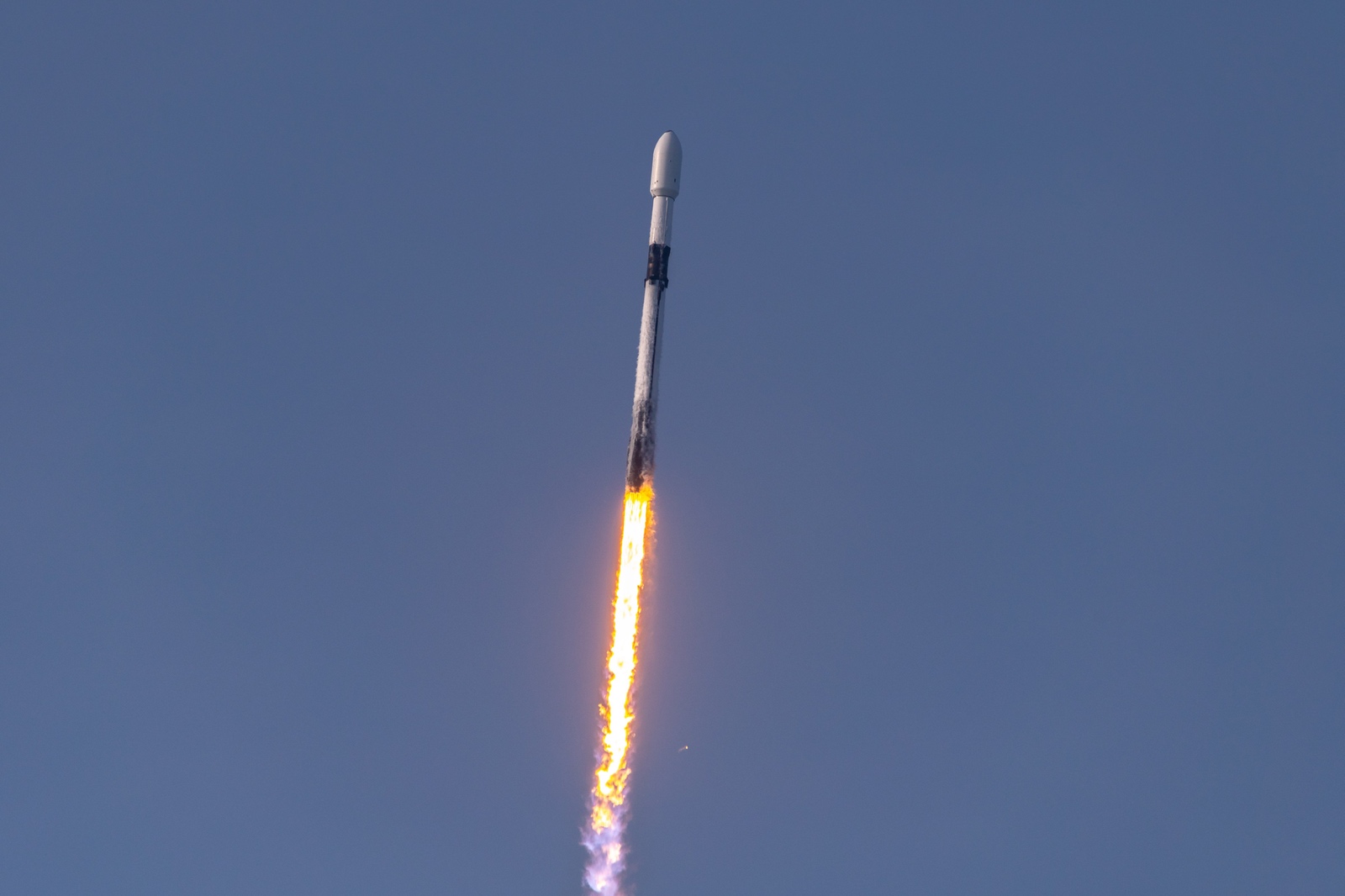WASHINGTON — The Federal Aviation Administration has started to reduce the amount of airspace it closes for launches from Cape Canaveral as part of efforts to limit the impact of growing launch activity on commercial aviation.
The FAA recently introduced a revised zone of restricted airspace around and extending offshore for many launches from Cape Canaveral Space Force Station and the Kennedy Space Center. The revised zone keeps open airspace to the north of the spaceports that had previously been closed for all launches.
By doing so, the FAA said in a June 15 statement, it keeps open a key arrival route for commercial flights from northeastern U.S. to airports in central Florida, notably Orlando International Airport and Tampa International Airport. For a typical launch, the original restriction would require up to three dozen flights to be rerouted, causing up to 300 cumulative minutes of delay.

The revised airspace restriction will be used for launches on eastern or southern trajectories, the FAA said, based on risk analyses conducted for every launch. Launches that go on more northerly trajectories, such as missions to the International Space Station, will continue to use the larger zone.
The move is part of broader efforts to address the conflicts between launches and commercial aviation, particularly in Florida’s congested airspace. In April, the FAA released a set of factors when considering whether to allow a launch to proceed or ask the launch company to identify alternative windows for the launch.
Among those factors are the timing of the launch, particularly relative to holidays or other special events that cause increases in air traffic, and the duration of the launch window. “The FAA encourages commercial space operations to take place during nighttime hours (to the extent practicable) when other flight operations tend to be reduced,” the guidelines state.
The document added that the FAA will prioritize missions for national security or otherwise in the national interest, as well as commercial launches carrying payloads.
“The focus really is on Florida as we move forward,” said Duane Freer, manager of space operations for the FAA’s air traffic organization, during a May 15 meeting of the FAA’s Commercial Space Transportation Advisory Committee (COMSTAC). He noted 92% of launches that affect the national airspace system are from the Cape.
One ongoing area of concern is launch scrubs. Freer said the FAA has been encouraging launch operators to inform air traffic control of scrubs as soon as possible, including before airspace closures go into effect.
A separate effort is the Space Data Integrator (SDI), a tool to automate the distribution of data from launches and reentries to air traffic controllers, enabling more dynamic management of airspace and reducing the size and duration of airspace closures.
Freer said at the COMSTAC meeting that full integration of launch and reentry data into air traffic management systems won’t be completed until 2028, citing “budgetary constraints.” He said he did not know how much additional funding would be needed to accelerate that schedule.
